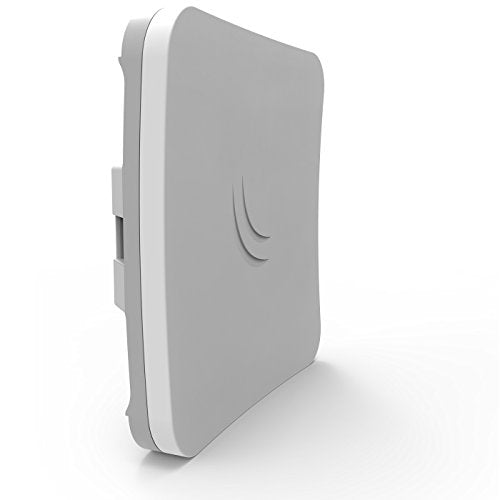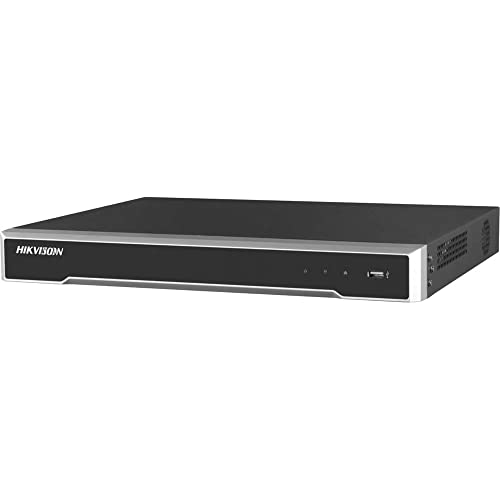To find and mitigate interference in a WiFi network, you can follow these steps:
1. Check for physical obstacles: Look around your surroundings and identify any physical objects that could potentially interfere with the WiFi signal. These can include walls, furniture, appliances, or other electronic devices.
2. Move closer to the router: If you are experiencing weak WiFi signal in a particular area, try moving closer to the router to see if the signal improves. This can help determine if distance is the cause of the interference.
3. Switch channels: WiFi networks operate on different channels, and interference can occur when multiple networks are using the same channel. Access your router settings and switch the WiFi channel to a less congested one. You can use apps like WiFi Analyzer to identify the least congested channels in your area.
4. Check for interference from other devices: Other electronic devices operating on similar frequencies as WiFi (2.4GHz or 5GHz) can cause interference. Look for devices like cordless phones, baby monitors, microwave ovens, or Bluetooth devices and try moving them away from the WiFi router to minimize interference.
5. Use a WiFi analyzer tool: There are several WiFi analyzer apps available for download on smartphones and computers. These tools can help identify WiFi networks in your area and provide information on signal strength, channel congestion, and potential sources of interference. They can be useful in troubleshooting interference issues.
6. Consider upgrading your equipment: In some cases, outdated or low-quality equipment can contribute to WiFi interference. Upgrading your router or wireless network adapter to a newer model with better technology may help improve signal strength and reduce interference.
By following these steps, you should be able to identify and mitigate interference in your WiFi network.


